What Does It Mean To Be Cloud-Native?

for the latest insights
Craig Warmington, UBDS Associate Partner and Cloud Infrastructure Lead, shared his experience in helping major organisations transition to a cloud-native operating model at the Cloud Infrastructure Summit Virtual Series.
In the late 90s, internet-connected datacentres were everywhere. It’s hard to believe that it’s nearly 15 years since AWS launched their platform, and it was only a couple of years later that Azure and Google released their cloud platform. I remember my first experience of walking into a datacentre, it was a beautiful, bright, shiny building at British Airways. It was a tremendous experience that’s ingrained in my mind – just like datacentre operating models are ingrained into the kernel of a business. As organisations transition across to a cloud-hosting model, there are a lot of things to unpick to enable businesses to make the move. With the old systems, things moved very slowly, we had to schedule change two years in advance. Today, we live in times where we need to move quickly and iterate and release instantly.
Covid-19 put cloud-native operating models to the test
In March 2020, Covid-19 put the benefits of cloud-native operating models to the test. At the time, we were rolling out remote access for a central government organisation to 50 users to test the experience. The Programme Lead approached us and said: ‘I know we were planning on rolling this out to 50 users, is it possible to roll it out to 60,000 users?’ If we had all the physical infrastructure in a datacentre, that wouldn’t have been possible, but because it was cloud-hosted, within a matter of days, that organisation was able to scale up to 60,000 remote users using that connection.
Cloud-native organisations quickly adapt to new demand
Unfortunately, Covid-19 did have a big impact on many lives and many citizens needed additional government support. A government department had to quickly scale up to bring in 20,000 staff to deal with renewed demands on the service. Imagine any organisation having to grow by one fifth in a matter of weeks? Because they were very mature in their cloud-hosting solution, they were able to quickly scale.
On the opposite side, organisations in retail or hospitality saw reduced demand. If they had a cloud solution they could have scaled that down, potentially, to zero if they needed to. COVID-19 showed that cloud infrastructure wins the day – organisations with cloud-hosting were in a much better position to handle change.
A cloud-native business is like a seal at sea
A seal is a good analogy. Out of the water, it’s slow, it’s cumbersome. And you can tell that seals weren’t designed to operate on land. When you watch that very same animal in the water, it’s beautiful, it’s agile, it’s fast, you can tell it’s in its native environment. Cloud-native is something that’s operating in its natural environment: an organisation that embraces cloud is optimised for and operates in the cloud.
Key elements of a cloud-native operating model
Here are some of the things to look out for: are job titles related to cloud? – are there Site Reliability Engineers, DevOps Engineers, Solution Architects, Product Owners and Platform Owners? The job titles would give away whether the organisation was operating in a cloud-native manner. Do they have cloud strategies? Are you operating in small, agile teams?
Is security a man at the door with a badge who doesn’t let you into the datacentre, or is it at the forefront of everybody’s mind? Are the tools designed for people to operate in the cloud? Do they automate everything? Do they reduce toil and repetitive tasks, which means they’re able to deploy continuous integration and can release at pace.
Benefits of cloud-hosting
One of the things I love about cloud hosting is instant scalability; there’s infinite supply and it’s pay-as-you-consume – as much or as little as you need. It’s reliable and it’s extremely secure. Google, Azure and AWS have security built into their platforms. For example, if I’ve never logged in from Brazil, and then someone logs in from Brazil, a cloud-hosted platform would notice, and will send a message to ask whether it’s you that’s logged in. The advanced threat detection detects that behaviour and sends an alert. Cloud-native engineers a culture of empowerment, you hold the keys to your own house and can move fast to solve problems or respond to new demand.
Organisations that transition to cloud typically reduce costs by 50% compared to on-premise hosting, but before transitioning to cloud, consider what problems you are trying to solve to ensure your cloud-native operating model intertwines with your business strategy.
For further information on how to optimise for cloud, read our Organising For Cloud Insights report.
If you would like a consultation on how you can boost your organisation’s cloud security and digital operations, contact us at hello@ubds.com.

Looking for
exceptional outcomes?






